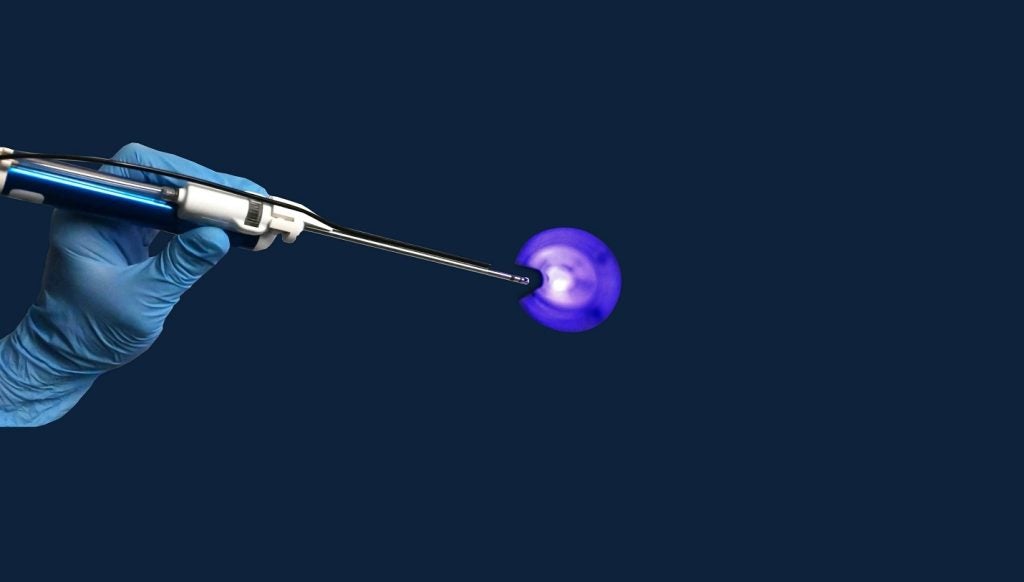
Researchers at the Massachusetts Institute of Technology (MIT) and Massachusetts General Hospital (MGH) have developed a small, implantable device delivering chemotherapy drugs directly to pancreatic tumours.
The pancreas is not easily accessible and it difficult to directly administer with medicine, as it is located deep in the abdomen.
The presence of blood vessels and a thick, fibrous coating surrounding the tumour also makes the penetration of drugs difficult.
A study conducted on mice revealed the efficacy of the device in delivering the chemotherapy drugs over the commonly used intravenous injection.
MIT Institute for Medical Engineering and Science (IMES) and the MGH Cancer Centre postdoc Laura Indolfi said: "You can implant our device to achieve a localised drug release to control tumor progression and potentially shrink [the tumor] to a size where a surgeon can remove it."
See Also:
The device is a thin, flexible film composed of polymer PLGA suited to treat other inaccessible tumours. It can be rolled into a narrow tube and inserted through a catheter which is said to make its surgical implantation easy.
How well do you really know your competitors?
Access the most comprehensive Company Profiles on the market, powered by GlobalData. Save hours of research. Gain competitive edge.

Thank you!
Your download email will arrive shortly
Not ready to buy yet? Download a free sample
We are confident about the unique quality of our Company Profiles. However, we want you to make the most beneficial decision for your business, so we offer a free sample that you can download by submitting the below form
By GlobalDataThe embedded drug into the film is then released over the preprogrammed period of time. The film is designed in a way so that the drug is only secreted from the side in contact with the tumor subsequently reducing the side effects on nearby organs.
The film can also be used as a coating for a stent. Pancreatic cancer patients often suffer from blockage of the bile duct, which interferes with digestion and is very painful.
The duct can be reopened with a stent but usually gets blocked again, requiring the patient to have the old stent removed and a new one inserted.
Coating stents with a drug-releasing film can deter the cancer cells from spreading into the duct and blocking it again.
Image: Polymer film to deliver chemotherapy drug to pancreas tumour. Photo: courtesy of Bryce Vickmark.






